With the arrival of 2023, the pressure is on to come up with a New Year's resolution that you can actually stick to. Of course, you could forego the whole thing altogether, but where's the fun in that?
Setting one or several resolutions gives you a framework to plan your year around, something to aim for, and the potential to finish off the year feeling smug.
Think of resolutions as a series of goals that will make the next 12 months of cycling as successful and fulfilling as possible. They're simply a starting point.
There's a delicate balance between setting yourself a goal that is both achievable and motivating enough to get you out of bed for a winter training ride or into your pain cave. Get this balance wrong, and you're less likely to keep at it.
So here's some top advice to help you figure out what kinds of goals to set yourself in 2023, and how you can actually see them through, whether you're looking to take things up a notch and ride your first century or you're just starting out.
How many New Year's resolutions should I make?
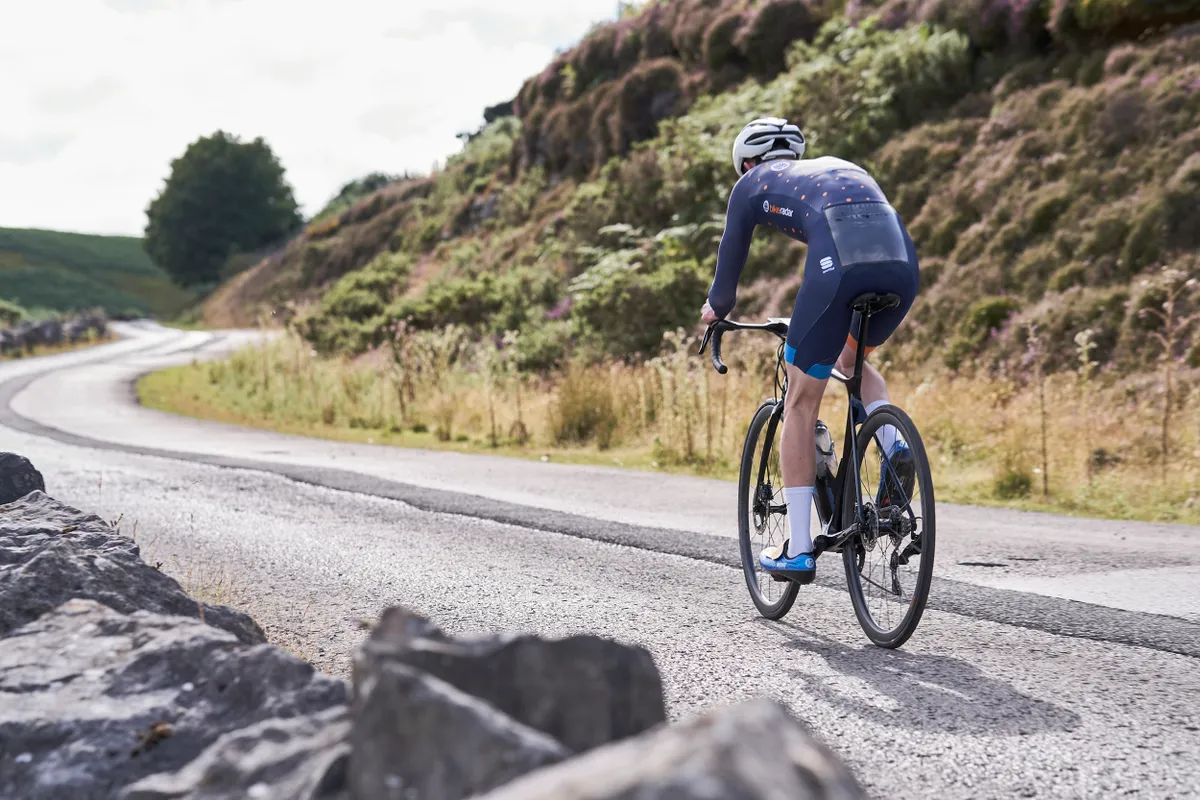
There's no right answer to this question. It depends on what they are, and what you are realistically capable of doing.
If you're doing something huge, such as racing the Transcontinental, that's probably enough for one year. If you don't want something quite as big, you could spread out a series of smaller goals across the year.
If you need some inspiration, here are three approaches you could take.
12 small goals in 12 months
Pick 12 small cycling goals and complete one per month of the year. This would be perfect if you're looking to improve your performance, ride in specific events or if you struggle to stay motivated for something that seems really far away. Monthly goals will keep things interesting, mix them up a bit and they can help you work towards a larger goal without you even realising it.
Three larger goals throughout the year
If that sounds like too much, perhaps set yourself three reasonable goals that you have four months each to complete. That gives you plenty of time to train for each of them. This approach is a good option if you're planning to make a major change or achieve something significant next year. Whether it's signing up for a long-distance ride, or hitting certain fitness milestones, breaking it down into manageable chunks will keep it within reach.
One resolution to rule them all
Perhaps you've just got one thing in mind: you want to race thousands of kilometres across continents, tour the world or complete an overnight audax, for example. If you're aiming high, you need to give yourself the time to prepare, so aim to complete it in the second half of the year and help yourself out by putting together a structured training plan.
How to choose your resolutions
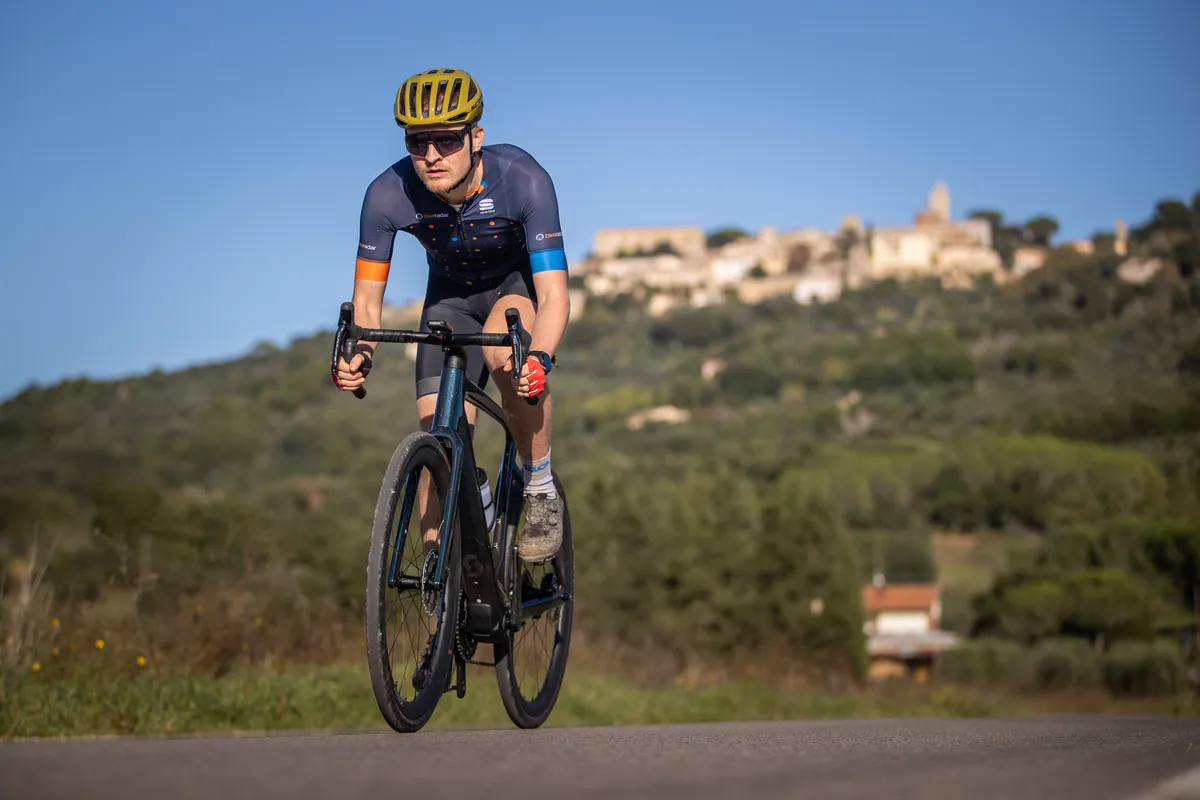
Okay, so you've decided whether you're going all-in with one big goal or spreading your resolutions across the year. Now you need to decide exactly what it is you want to do. Well, we can't tell you what to aim for, but we can help you with the process of making that decision.
Plan and refine
All good things start with a list. Write down every single possible goal you can think of; big or small, achievable or seemingly impossible, get them down anyway. Try to spend only a few minutes doing this, or stop when the ideas slow down.
Take a look at your list. How many of those ideas really jump out at you? Depending on how many resolutions you plan to set yourself, start shortlisting. Pick out the goals that really speak to you, excite you, and you can see yourself doing.
If you're setting more than one resolution, think about the order you do them in: are they time-bound events that have to be completed on a particular date? Do you need to do one in order to train for another?
Also, try to space them out relatively evenly so you have the time you need to prepare. If you find yourself drawn to several events all happening at the same time, try to prioritise one and keep the others for next year.
Don't lose your original list, though. If you achieve your goals early, you'll have more to pick from, or you can use it as a basis for next year's resolutions.
How to stick to your cycling resolutions
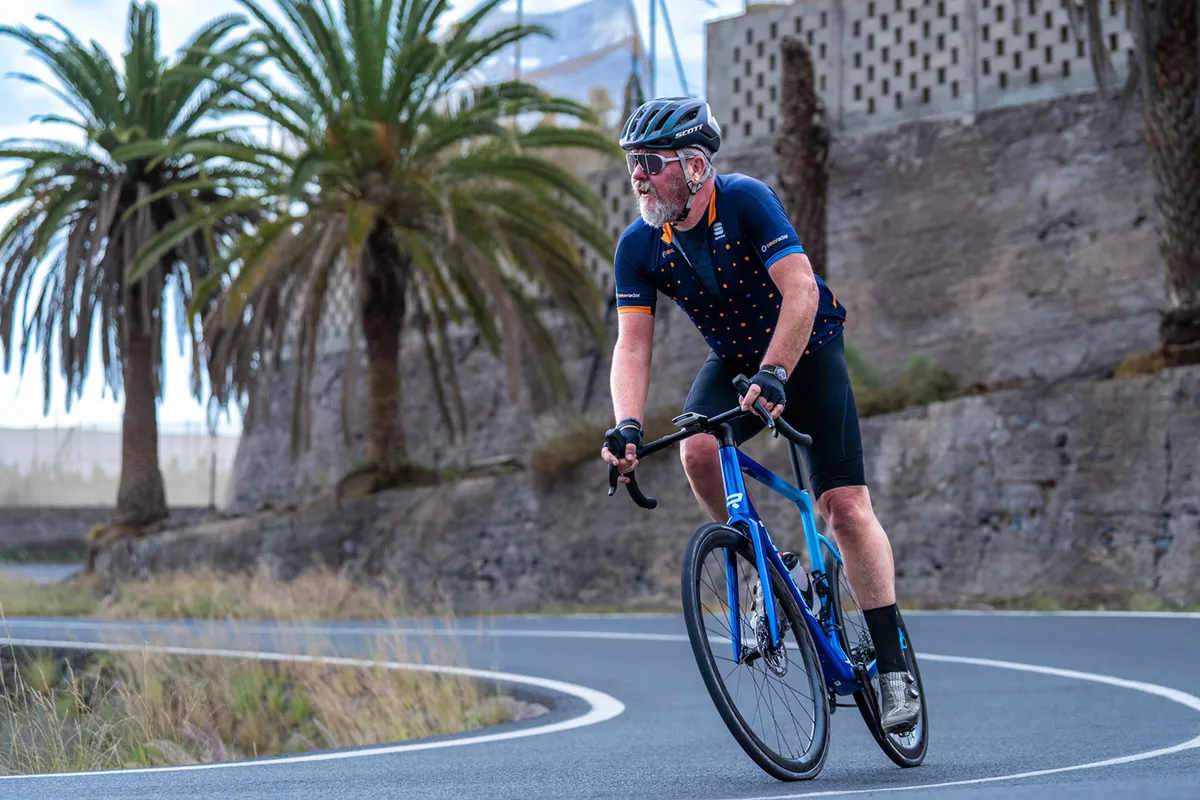
Once you've got your resolutions sorted, you need to stick to them longer than the six-week mark, where many good intentions fall by the wayside.
Make them FAB
By FAB we mean Feasible, Actually measurable and Blinking-well motivational. In other words, ask yourself these questions:
- Can you feasibly achieve this goal given the time, resources and abilities you have?
- What do you need to do to get to that endpoint? What's the measure of success?
- How badly do you want it?
Share them… if you want to
To share or not to share is a question only you can answer. On the one hand, sharing your resolutions makes you accountable for them, and you'll get all the support and encouragement you need from your friends and family. Plus, what's more motivating than quitter's guilt?
But don't despair. If you'd prefer to keep your resolutions to yourself, that's okay too.
Revisit your resolutions over the year
If you're spreading your goals across the year, you should check in every month or so. Ask yourself if you're making the progress you need to stay on track, or if you need to adapt your training (or your expectations) a little.
Falling off the wagon doesn't have to spell the end, either. Just acknowledge where you're at – regroup, tweak your plan and keep on pushing. Overcoming hurdles makes success all the more sweet.
New Year cycling resolutions to get you started
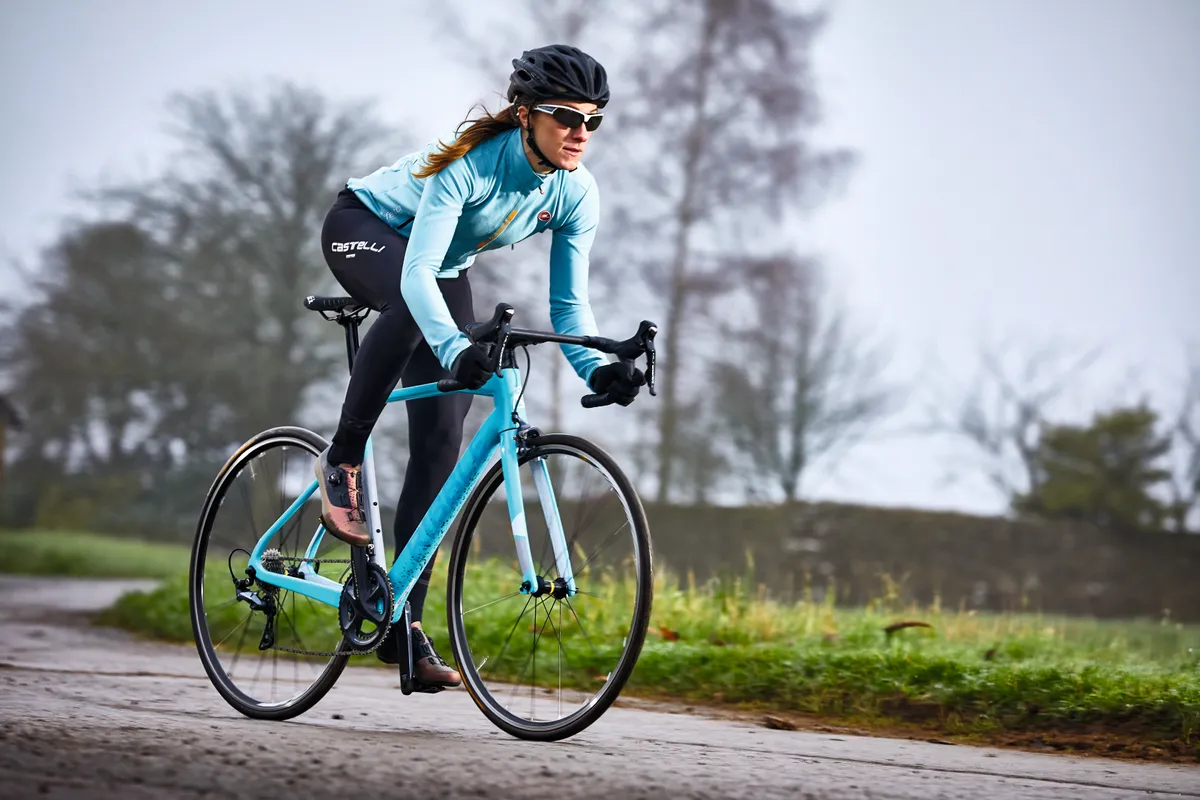
If you're still in need of some inspiration, here are just a few ideas to get you started with your list. They'll give you drive, encourage you to focus your training or just help you get through the year with a zen-like calm.
Resolution 1: get fit
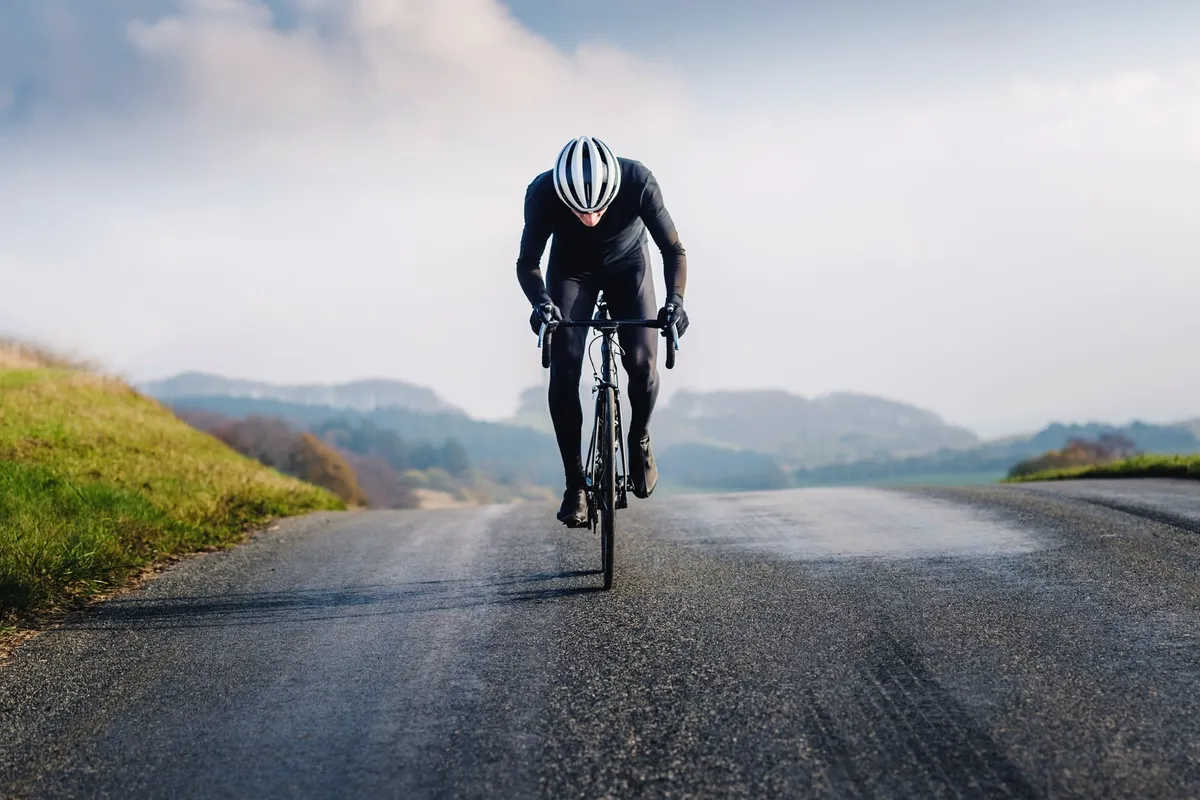
The oldest resolution in the book. It's a good thing to aim for though, if approached with a healthy attitude. The problem here is that it's fairly vague.
What does it mean to 'get fit'? How will you measure the success of that goal once it's achieved? Set yourself a specific target: to complete a certain event, climb a particular hill within a specified time or exceed your highest daily mileage by a set per cent.
Ask yourself how you plan to increase your fitness. You might be tempted to sign up to every class in the gym and ride six days a week, but is that really sustainable? Chances are you'll crash out with tiredness by week two.
Structure your training plan and stay consistent. Targeting an event or race is a great motivator when it comes to staying on track too.
Another aim that is often cited alongside getting fit and can be vague is losing weight. This actually means losing fat, rather than muscle mass or water. Losing fat can reap rewards: faster climbing, less drag at speed and general health benefits.
However, don't fall into the trap of fad diets – there's no quick win or silver bullet. The key is to shift your lifestyle in a sustainable way: add more fruit and vegetables to your diet, cut back on processed foods and sugars, and get out on your bike.
You need to be specific in this goal as well: how much weight do you want to lose? What's your target? Is it realistic for your body type?
To decrease your weight while increasing your fitness in a sustainable way, you should aim to lose about two pounds (about a kilo) per week.
With these aims, it's important to remember to keep having fun! It's one thing to set yourself a goal, but really you should be riding your bike because you enjoy it. One idea is to break up the training rides with some that are simply fun and you're more likely to keep riding.
Resolution 2: learn to relax
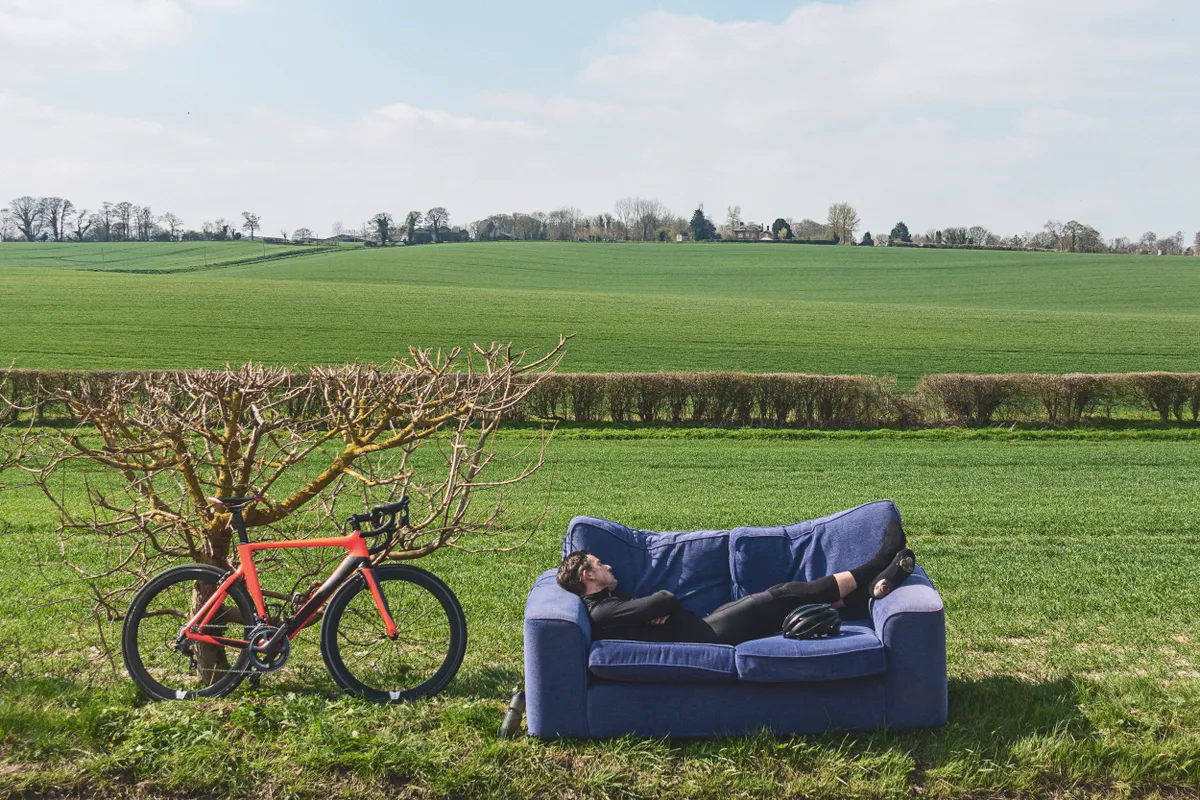
Life is stressful. Take time to relax.
Self-care is crucial to keeping you in the saddle (and happy to be there). If you don't know where to start, research the best approach for you. It could be a local workshop in meditation or breathing techniques, a yoga class or something else entirely.
Make sure you take some time over the year to go for rides that aren't about achieving a certain cadence, distance or heart rate and are instead about enjoying the sensation of riding: the whirr of the wheels, the wind blowing in your hair and the countryside flying past you.
You might just discover if you take this approach you'll find yourself in a positive feedback loop. After all, riding a bike can help you beat stress.
Resolution 3: keep a healthy balance
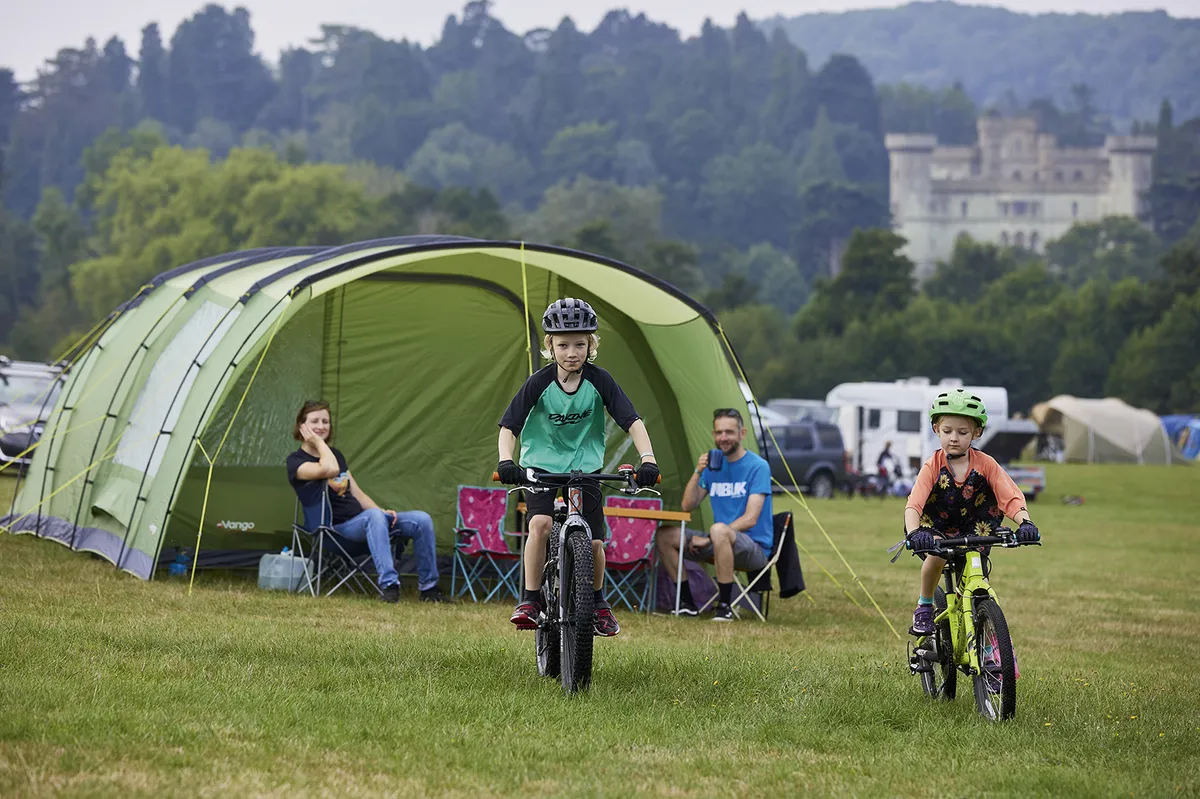
A less popular resolution, but important nonetheless – particularly if you have family commitments or a non-cycling partner. Cycling resolutions require time and commitment. The cost isn't just financial, but it takes time away from your loved ones.
So, if 2023 is going to be the year you achieve your goals, you might need to have a good, clear discussion with your family and friends. Use it to set out your priorities for the year and how you can still be there for them when they need you.
It's important to set clear parameters: how many weekends can you commit? How much money can you spend? Doing this early in the year helps you lay a clear plan and avoid any conflicts that might come later.
Finally, if you're planning the year ahead with a partner, make sure it's equitable. Share the chores and the free time, whether they cycle or not. They may have their own resolutions to work towards.
Of course, if your partner, friends and family don't cycle, why not introduce them to the wonder of cycling? This leads us nicely on to…
Resolution 4: introduce someone else to cycling
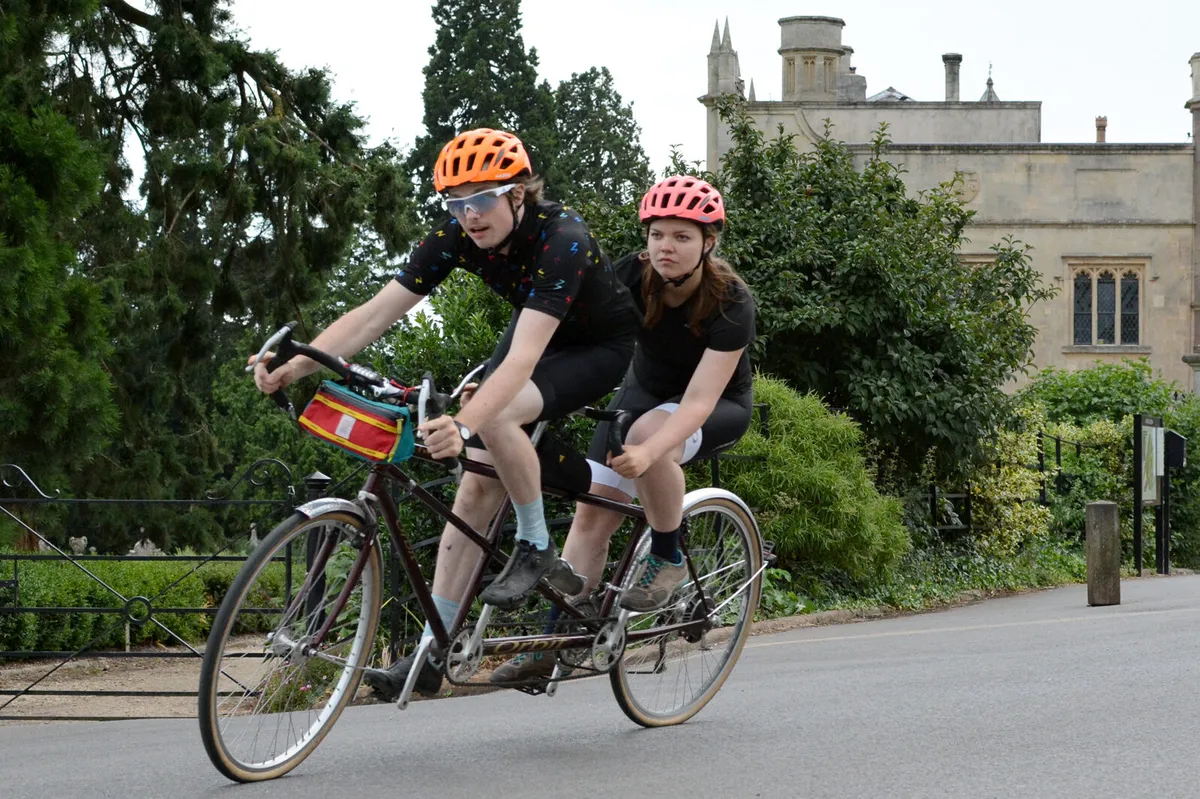
You're here for a reason: you love cycling. You know how good it is for the body and the mind. Why wouldn't you want to share that with your favourite people?
Cycling has been shown to improve mental and physical health, it can satisfy that competitive edge or provide a cheap and sustainable way to travel. Children can do it, adults can do it, families can do it, friends can do it and couples can do it.
Really, as far as we're concerned, there are very few downsides, so why not introduce someone to cycling this year? You could end up with a new cycling buddy and they could end up discovering a potentially life-changing passion. You might even work towards some of those goals together.
Riding with friends has also been proven to make you stronger, so this resolution is a win-win in our eyes.
Resolution 5: try a different discipline
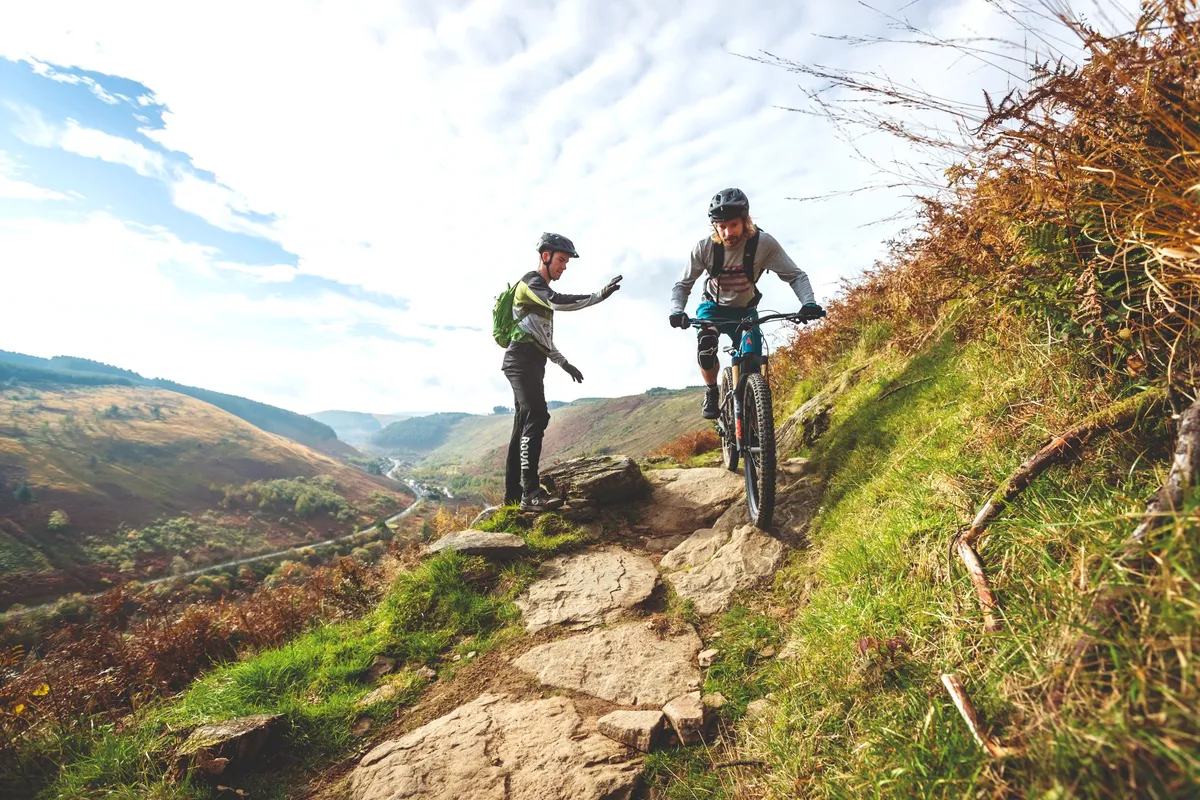
Variety is the spice of life, is it not?
There are surefire benefits to mixing things up, whether you're a roadie trying out the trails or a mountain biker taking on the tarmac.
Mountain bikers will see serious fitness gains from putting in road miles and hill reps, while road cyclists will see their bike-handling skills soar once they've mastered corners while tackling uneven terrain.
Why stop there, when you can dabble in gravel, check out cyclocross or try some BMX for a serious core workout? Take to the pump track and develop skills that will see you pumping energy from trails without a pedal stroke.
Road cyclists, if you haven't already, look into time trials or audax riding. The first will develop your fitness and skill at a high but sustainable pace and will help you push your limits, while audax riding will give your legs some seriously impressive mileage and see your endurance capacity soar.
Resolution 6: look after your bike
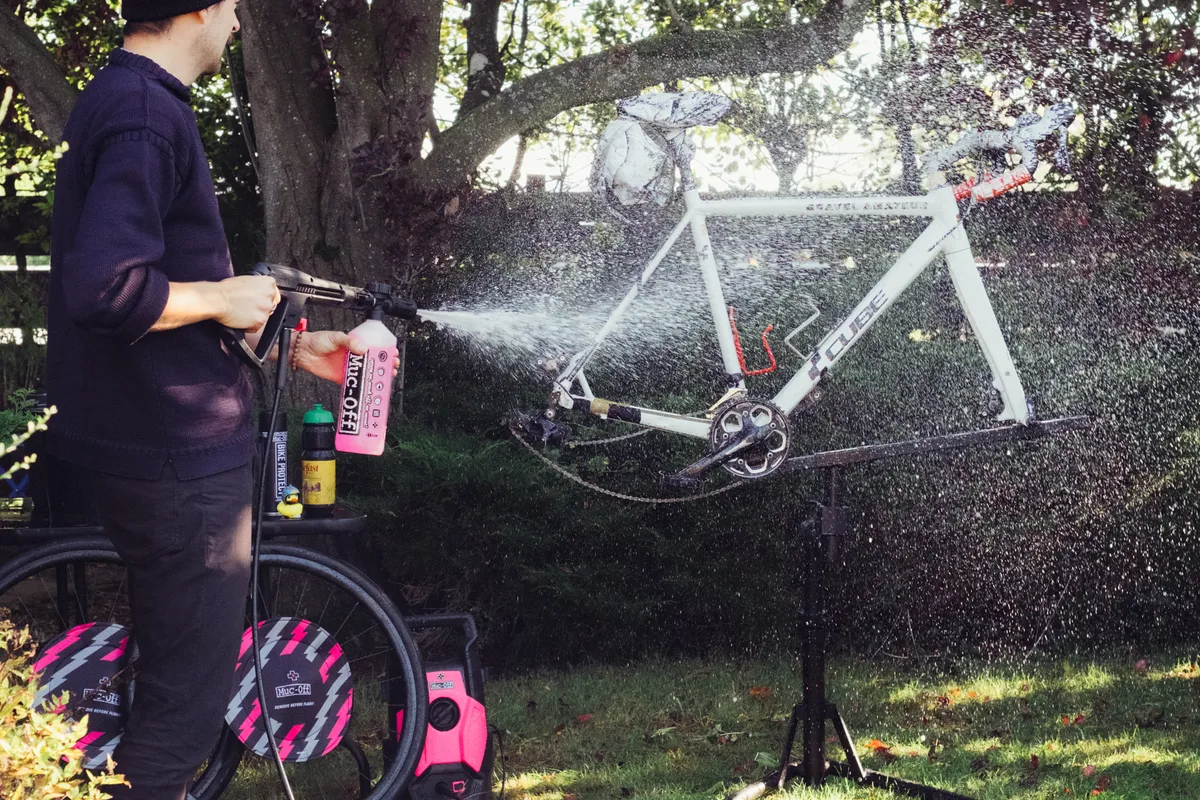
Your New Year’s resolution could be something as simple as remembering to keep your bike clean and running smoothly all year. Remember to give it a sponge-down after particularly muddy rides to keep your components happy, get it serviced at your local bike shop or service it yourself.
Even if you aren’t the most confident mechanic, little things such as using chain lube and keeping your tyres inflated will make all the difference.
Resolution 7: complete a long-distance ride

Do you know how far you can ride in one go? Or over the course of several days back-to-back? Long-distance bike rides, whether on a road bike, mountain bike, touring bike or your old-but-reliable commuter bike, can be transformative.
Test your limits, see how far you can travel under your own steam, and learn how self-sufficient you can be.
We're not suggesting you cycle the entire length of South America, but Land's End to John O' Groats is a popular ride for UK cyclists, or just pick a route yourself, head off and have an adventure.
Resolution 8: enter an event
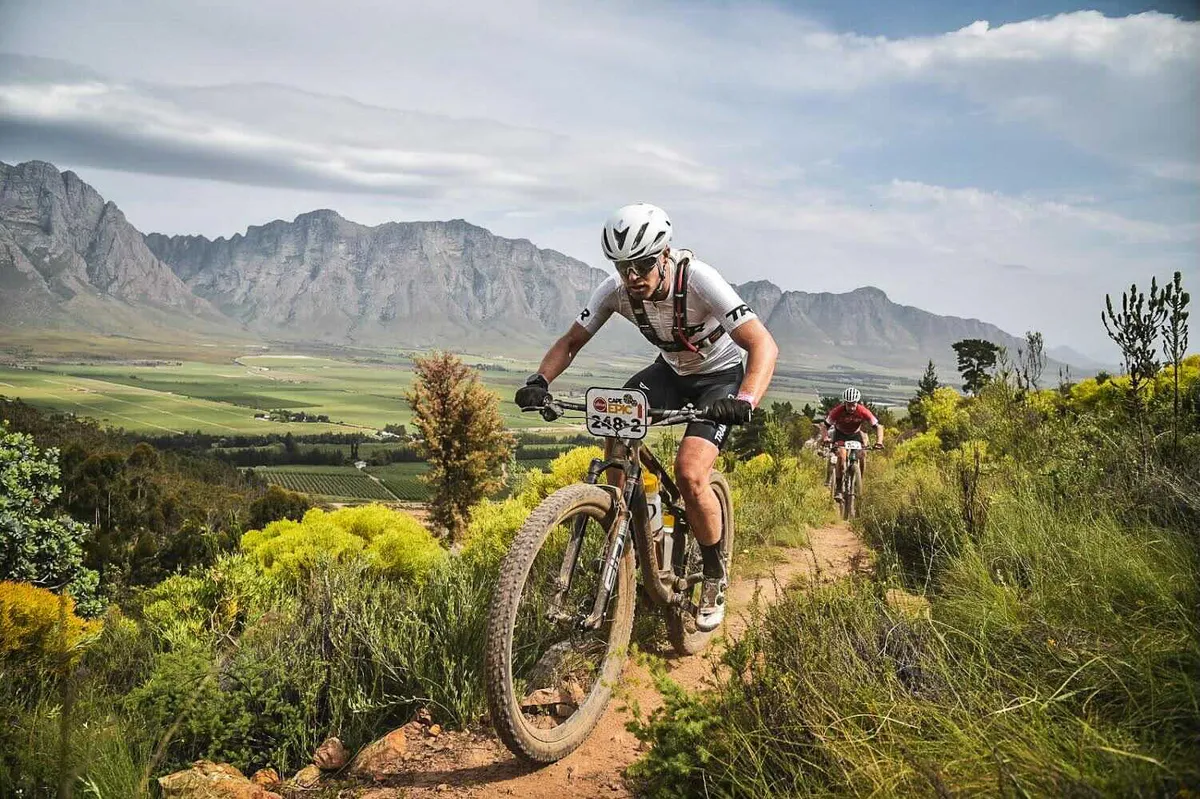
If you've never taken on a race or event, add it to your list. It'll give you purpose, something to train for, a date to complete it by, and if you get some friends to sign up, training partners too.
There are so many to choose from: long audax events and multi-day mountain bike races for endurance fiends, crit or cross-country races for those who like the adrenaline of competing in close contact with other riders, and charity and social rides aplenty for those who want something a little less competitive.
You'll also find lots of help and advice online on everything from training plans and nutrition guides to the best bikes and what to wear.
Resolution 9: stretch it out
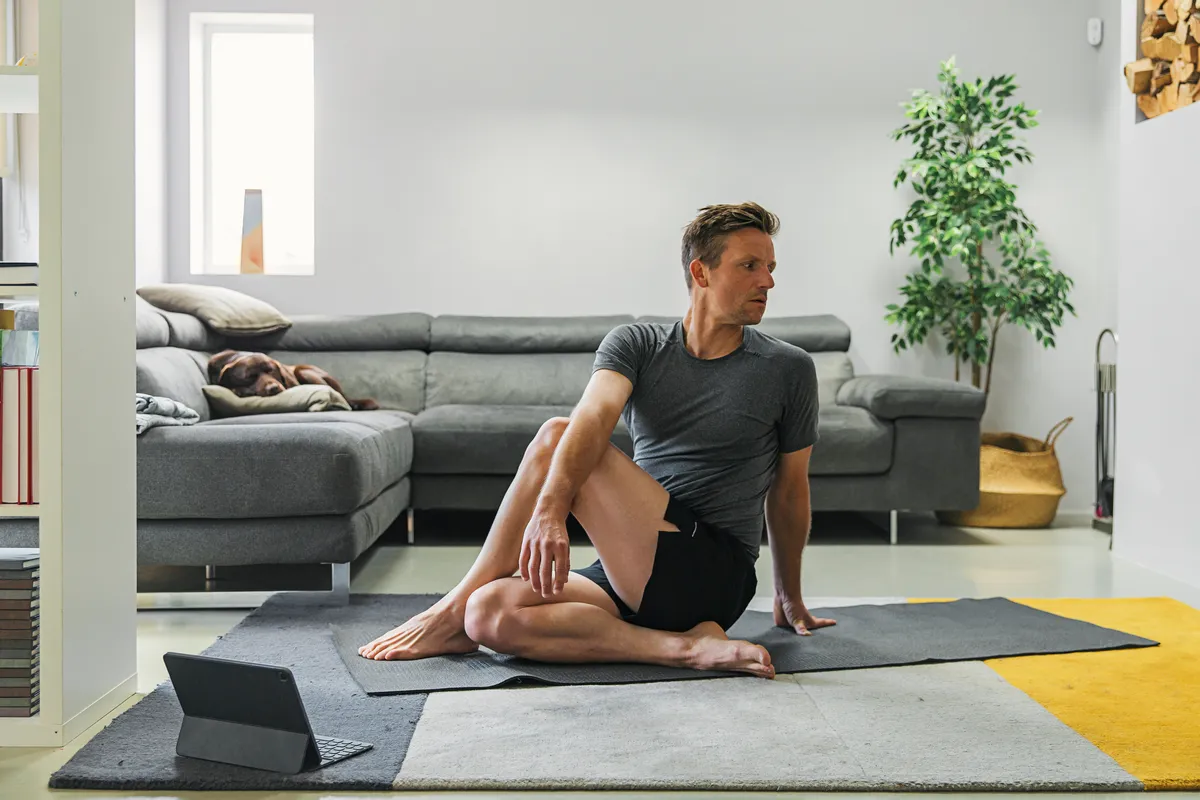
This is a simple resolution that will have a huge impact on your cycling if you stick to it.
Cycling can lead to repetitive strain injuries (RSI), so it's important to stretch out those muscles. Whether you stretch it out yourself or join a yoga class, a few good sessions once or twice a week can help you gain better flexibility and experience fewer niggles, aches and pains.
Resolution 10: volunteer at (or donate to) a cycling charity
How about spending a little time giving back this year by helping out a cycling charity? Whether it's donating old bicycles or fixing bikes while learning maintenance skills, or spending some time leading social rides, you can give yourself a warm glow, get in a good ride and help others, all at the same time.
And if there isn't a charity you can volunteer with, how about selling some of your old kit on eBay and donating the proceeds to a charity such as World Bicycle Relief?